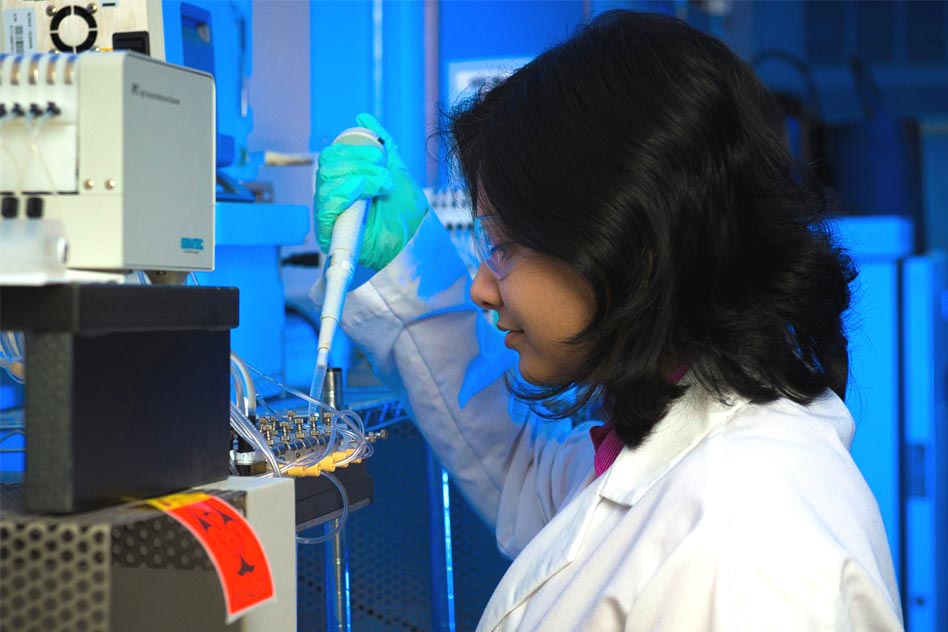
India’s Urgent Need to Reinvent Research & Development
29 Jun 2015 6:52 AM GMT
‘Indian origin scientist wins award’ scream the headlines of yet another news report that make our millions proud, achievers spanning fields as diverse as basic sciences, economics and medical science. But every overseas success story bears the harsh reality of the state of scientific research and progress within our boundaries.
We are a nation where high school students have to fight for the right to not opt for science streams; where Engineering and Medicine are default career options, until specified otherwise; where everything from ancient scientific glory to fresh breakthroughs call for collective festivities. What, then, has India’s contribution to the international stage been in recent history?
Consider this: out of five Nobel laureates from India in the field of science or economics, three were no longer Indian citizens, and only one had his work-base in India. According to UNESCO, India has merely 366 research & development (R&D) personnel per million population, lagging far behind Brazil, China and Germany, whose figures are 1336, 2358 and 6995 per million respectively. In contrast to global spending average of 1.8%, only 0.9% of our GDP is devoted to spending on research activities. ‘Nature’ reported India’s scholarly output to have quadrupled since 2000. But the scholarly impact, i.e. the number of times papers from the country are cited in other research work, remained low at nearly 30% below the world’s average in 2013.
As the engine on which a country’s development runs, the current scenario does not bode well for our future. Though we have 40 CSIR laboratories, and premier research institutions like IISc, Bengaluru, TIFR, Mumbai, 16 IITs and five Indian Institute of Science Education and Research (IISER), there are over 600 universities in the country, where international-level research is a rarity. Many lack proper teaching laboratories, let alone research laboratories. Grants are hard to come by, and stipends stand stagnant or arrive late most of the time. While the average scientist in the US earns $75, 000 (Rs 48 lakh) annually, a scientist in India can scrape only Rs. 5.5 lakh per year on average, with experience playing a moderate role, so out of pocket spending too is impossible. Even as undergraduates, research is rarely encouraged and innovative ideas infrequent, with most of them done as routine ‘projects’ or for extra credit. Lack of guidance early in the career trajectory adds to the burden. Ultimately, those who are serious about R&D move on to less hostile shores, while many more opt for the more lucrative B.Tech or MBBS degrees.
With a talent pool filled to the brim and with youthful enthusiasm running high, now is the time to strike. In addition to increasing Government spending on R&D, establishment of a Science Advisory Committee to the Prime Minister and advanced research facilities with secure funding are needs of the hour. Syllabi need to be upgraded to be more research-friendly, right from the undergrad level and better orientation given right from high school. We must celebrate and encourage fresh ideas, even if they aren’t ‘fashionable’ yet, especially those which focus on locally significant issues. Most importantly, we need to thwart this culture of ‘might is right’, and give way for genuine, novel talents to bring us a better tomorrow.
 All section
All section













